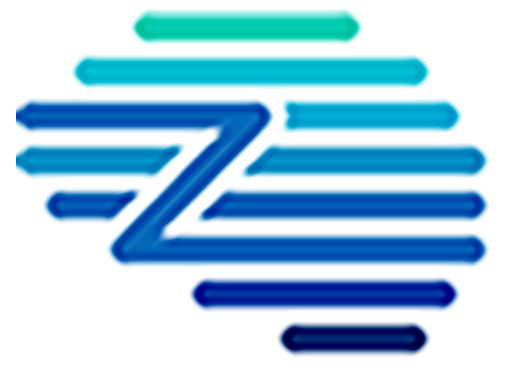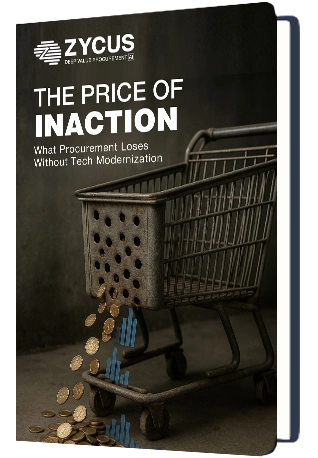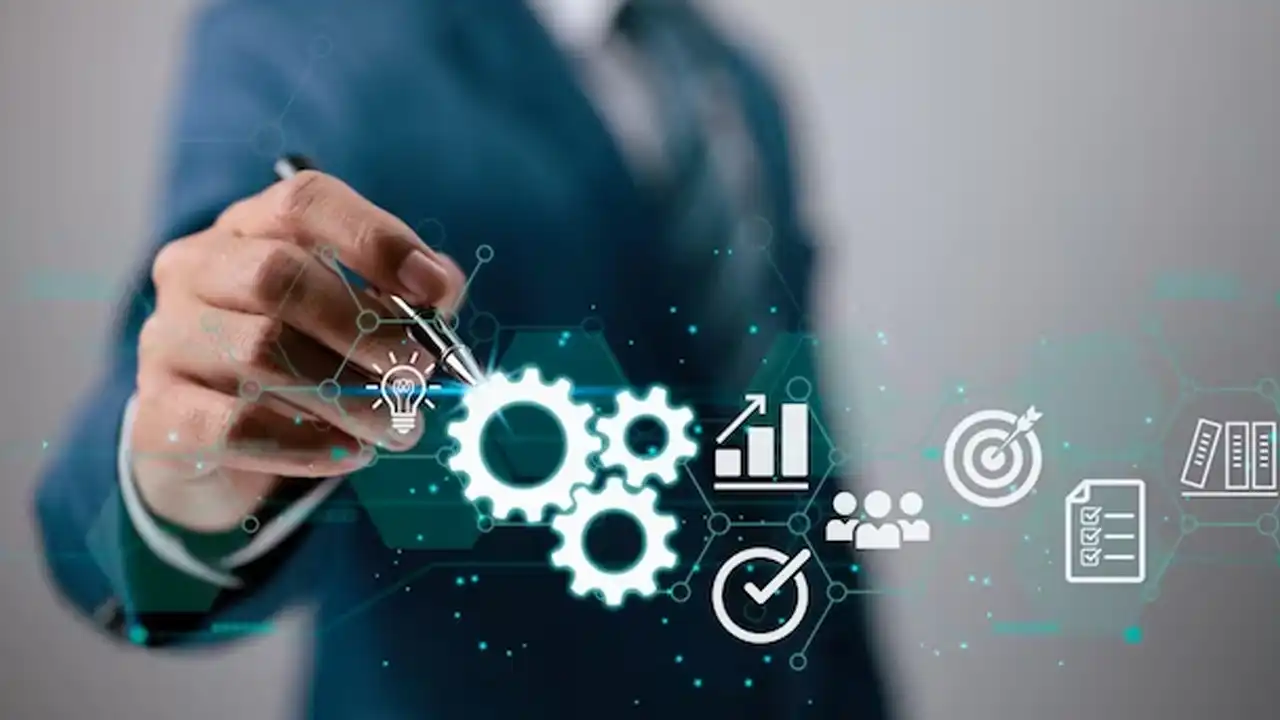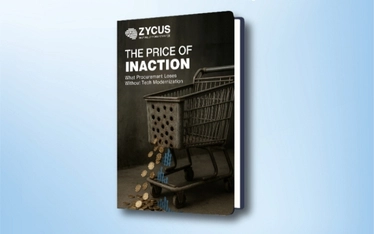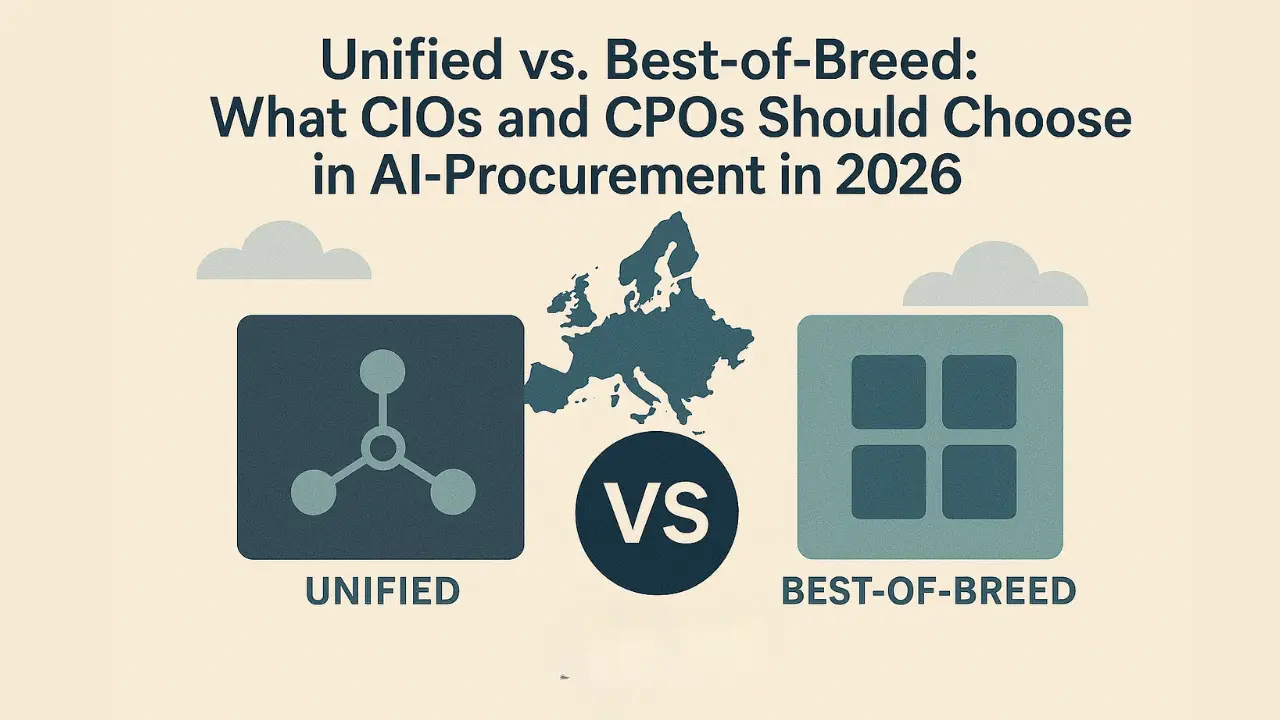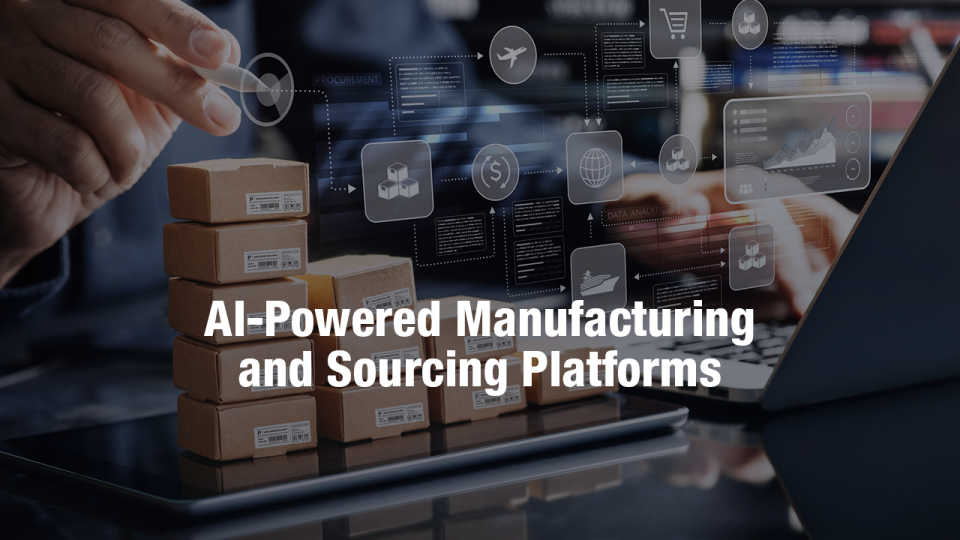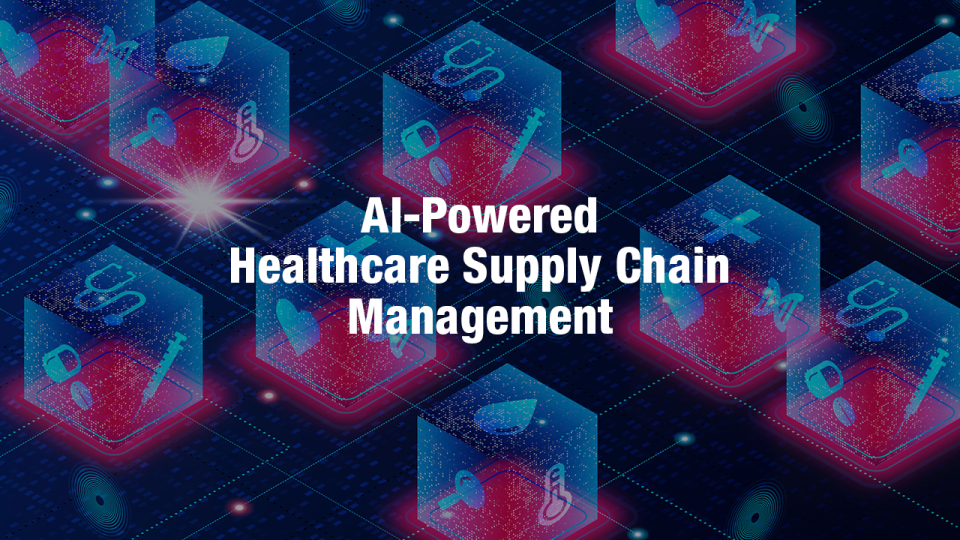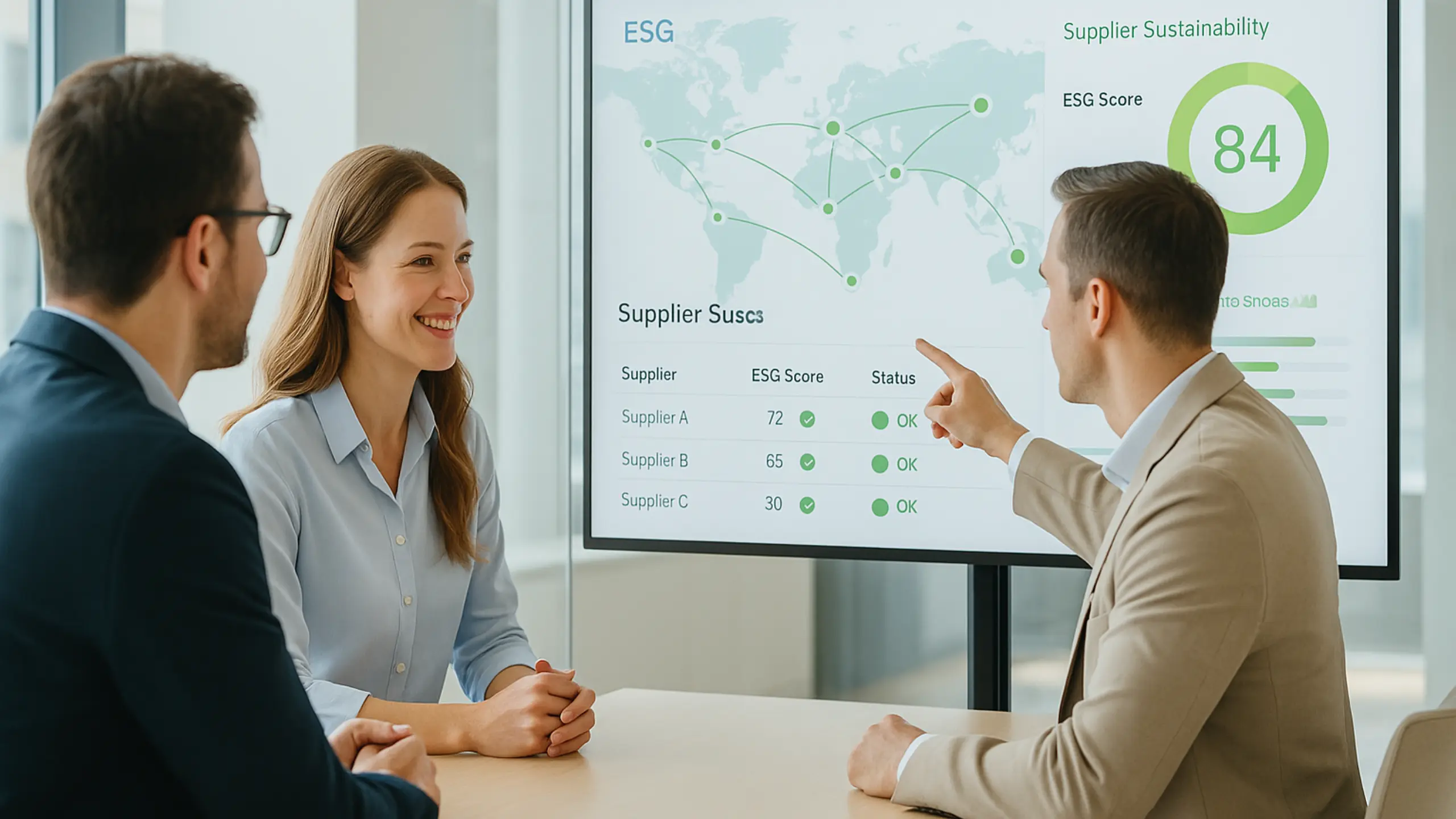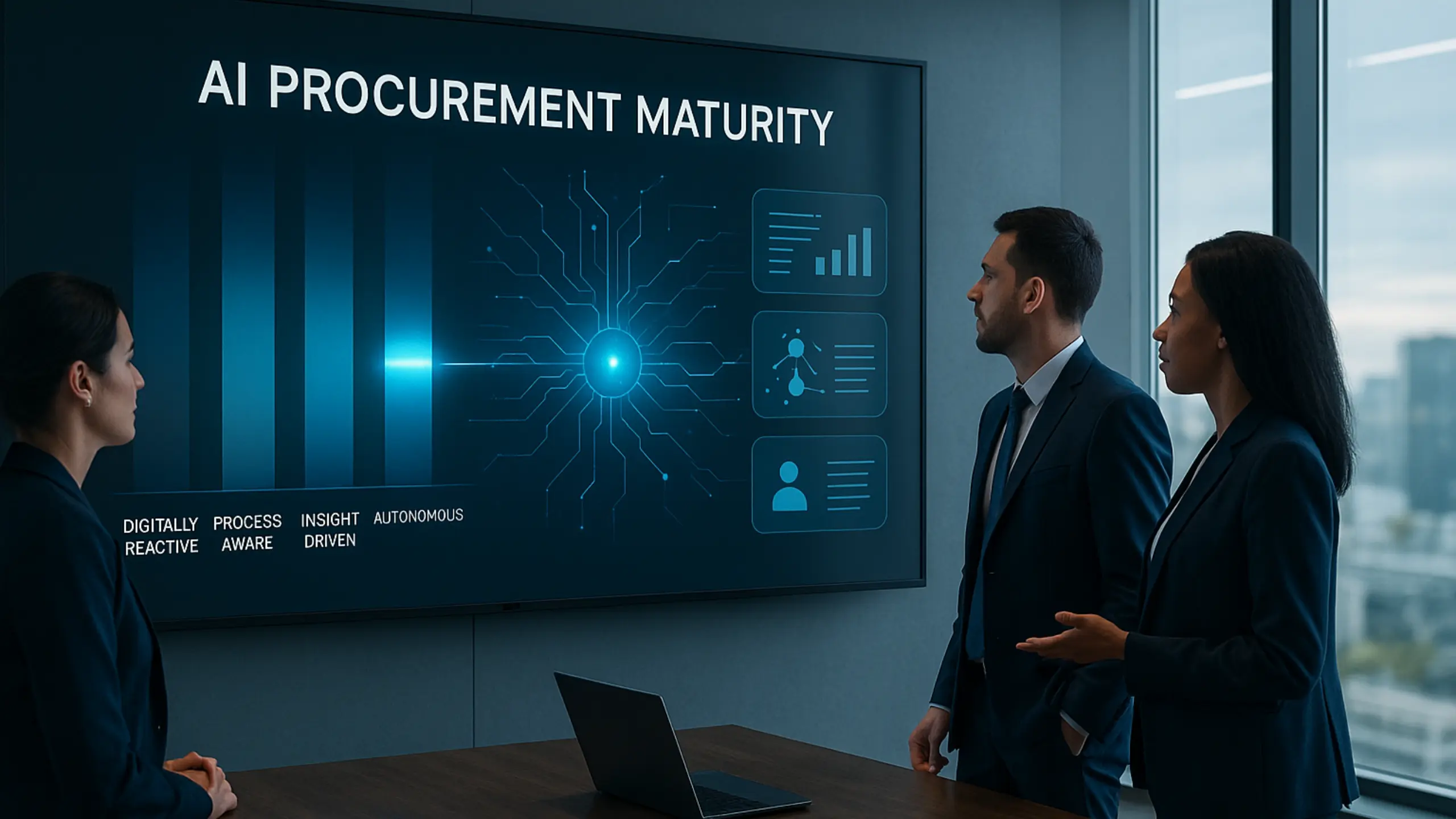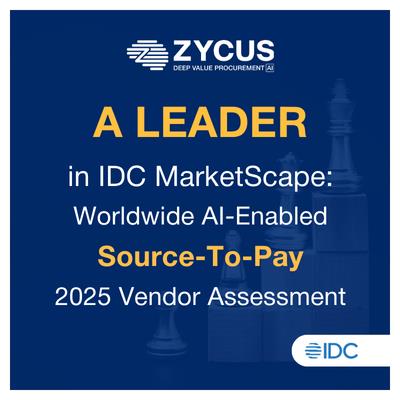In a traditional (P2P) Procure-to-Pay process, manual tasks, paperwork, and time-consuming approvals lead to inefficiencies and mounting errors. Fortunately, technology today seamlessly streamlines and automates almost the entire procurement workflow, procure to pay automation can be of great help here.
As organizations strive for operational optimization and increased efficiency, the Procure-to-Pay process offers a promising area for improvement. In this blog, we will explore the fundamentals of Procure-to-Pay Automation and uncover how the right Procure to Pay Software can enhance efficiency and cost-effectiveness for your business.
Procure to Pay Cycle
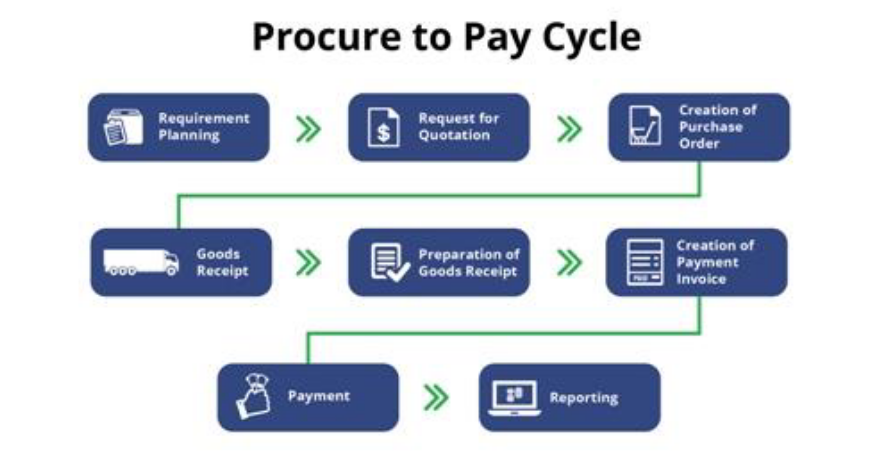
Key Takeaways:
- Procure to pay automation minimizes manual intervention and errors, improving procurement cycle times.
- Automation streamlines compliance with procurement policies and boosts data accuracy.
- Organizations can automate key P2P functions, including purchase requisitions, invoice processing, and vendor management.
What is Procure to Pay Automation?
P2P process automation can streamline the entire Procure-to-Pay cycle, reducing human intervention and fostering smooth collaboration between departments.
In many businesses, procurement and accounts payable (AP) functions operate independently, using separate systems and working in silos. However, with a P2P automation system, organizations can align these functions, adopting a more holistic approach to the P2P workflow and fostering shared goals.
Check out our Whitepaper - The Need for Procure-to-Pay Automation
Utilize our Source-to-Pay Digitization Diagnostic: Assess Your Progress and Opportunities on the Path to S2P Digitization
Key benefits of procure to pay automation
Automating Procure-to-Pay process serves as a comprehensive solution to several critical roadblocks and market needs that organizations face in their procurement processes:
1. Eliminates Non-compliance
P2P automation helps companies enforce budgets, procurement policies, and contracts effectively, reducing maverick spend and off-contract purchases while promoting preferred supplier spend.
Centralizing procurement processes and ensuring adherence to set guidelines allows organizations to achieve greater compliance and cost control.
2. Reduces Process & Cycle Time
P2P automation standardizes processes across various locations and source systems. It eliminates manual bottlenecks and accelerates approval cycles, making them faster and less tedious.
The automation of purchase orders and invoices reduces processing time and costs, particularly for low-value indirect purchases. Automated systems can adeptly verify invoices, work with suppliers to address discrepancies, and provide timely payments, improving overall efficiency.
3. Eases Complexity & Adoption
P2P automation simplifies and enhances the user experience, as opposed to the complexity of Enterprise Resource Planning (ERP) systems, making it easier for stakeholders to adopt and utilize the system fully.
By minimizing downtime and paper-based processes, there is a seamless transition to digital procurement workflows.
4. Avoids Redundant Data Entry
When creating purchase orders and entering invoices, businesses can minimize data duplication, errors, and manual effort.
This not only saves time but also enhances data accuracy and consistency across the organization.
Did you know? – 56% of tasks in the entire Source-to-Pay spectrum are fully or largely automatable.
Check out our Whitepaper - Best Practices Driving Procure-to-Pay Efficiency
Top 6 Procure to Pay Processes to Automate
Initially, procure to pay software placed more emphasis on data storage without addressing isolated tasks or complex processes. Today, P2P automation is designed to tackle both tactical and strategic areas of procurement.
The caveat in maximizing the fruits of automation, however, lies in picking the processes most ideal for it. To shed some light on this, here are five P2P processes that are highly suitable for automation:
1. Purchase Requisition
Reviewing each purchase requisition manually to ensure accuracy and compliance with internal policies and regulations is impractical. Automating this step ensures that requisitions follow predefined workflows, have proper approvals, and are digitally routed to the appropriate stakeholders, speeding up the initiation of procurement.
When a purchase requisition is submitted, notifications are sent to relevant parties who can approve or reject it with a click. Furthermore, P2P automation validates purchase requisitions by cross-referencing data with predefined rules, promptly rejecting incomplete or inconsistent ones.
2. Purchase Order (PO) Creation
Automating the creation of Purchase Orders streamlines the otherwise laborious process of accurately including all necessary quantities and specifications. It ensures consistency in format and information, significantly reducing the likelihood of errors and discrepancies. As a result, it establishes seamless communication with suppliers, offering a clear and organized record of purchase terms, quantities, and prices.
Once purchase requisitions are approved, the system automatically generates and shares purchase orders with the vendors. Storing all information in the same system enables easy integration with AP automation software, allowing for efficient monitoring of pending invoices and access to purchase histories. The automation also facilitates automatic routing of purchase orders and the receipt of invoices related to specific PO numbers.
3. Invoice Matching and Approval
Automating the extraction and matching of invoices is a significant challenge faced by procurement teams. However, with automated processes in place, invoices can be seamlessly processed once they are matched automatically.
For example, employing three-way matching can effectively identify any discrepancies among three critical documents in the purchasing process: purchase orders, order receipts, and invoices. This process not only helps prevent duplicate payments but also prepares the organization for audits. Invoices that do not match the three-way criteria trigger alerts and can be addressed with human intervention, while the compliant invoices can smoothly proceed through the process.
Adopting digital invoice handling offers numerous advantages, such as the ability to auto-approve standard low-value invoices. Additionally, integration with finance and accounting tools provides extended functionality, enhancing the overall efficiency of the procurement process.
4. Vendor Management
Procure-to-pay automation streamlines the evaluation of vendors, reducing the lengthy process that can span weeks. The automation system gathers and screens requests for quotations (RFQs), performs meticulous verification checks, and compares the information against preferred vendor profiles.
As a result, the most suitable supplier can be identified and shortlisted at a glance. Additionally, the automation allows for easy tracking of vendor performance based on pre-established conditions, providing coherent mapping of supplier information, transaction history, and past orders to facilitate better decision-making.
5. Contract Management
Automated P2P processes offer significant convenience for contract approvals and management. Contract management becomes centralized, with easy storage, tracking, and renewal of contracts. Alerts are triggered for contract expirations, ensuring compliance monitoring and smooth contract negotiations.
Read our blog on: Ultimate Guide to Contract Management: Benefits & Best Practices
Automated follow-ups on approvals, request sending, and P2P sequence advancement eliminate manual efforts. Additionally, the system automatically generates consistent purchasing contracts based on purchased items and sets up a predefined contract management loop for regular reviews and monitoring.
Read here: Procure to Pay Process Automation: The Ultimate Transformation Guide
6. Accounts Payable
Procuring and paying invoices to vendors involves the finance team, which necessitates considering strategic payment aspects such as exploring discounting options, favorable payment terms, and building supplier synergy – all facilitated by procure-to-pay automation.
For procurement and finance teams, optimizing cash flow and focusing on cost savings are key goals. Modern procure to pay software solutions enable leveraging favorable payment terms, benefiting both vendors and purchasers by preventing overspending and saving valuable time.
Check out our Whitepaper – A Guide to Procure-to-Pay Transformation
What are Procure to Pay Automation Tools?
P2P automation tools are software (SaaS) solutions designed to automate and streamline the end-to-end procurement process, from requisition to payment. Some common types of P2P tools include:
- eProcurement Software
- eInvoicing Software
- Supplier Information Management Solutions
- Contract Management Platforms
- Accounts Payable Automation Systems
By adopting an advanced P2P automation tool, organizations can enhance compliance, accelerate approval cycles, reduce processing time and costs, and gain greater visibility and control over spend. The need for a robust P2P automation tool has never been more critical as businesses strive to stay competitive in today’s fast-paced and digitally driven landscape.
Did you know?
From $5 billion in 2018, the global market for Procure-to-Pay software is projected to grow at a CAGR of 7.6%, hitting $9.2 billion by 2026.
Pro tip:
When selecting P2P tools for your organization, consider factors such as scalability, ease of integration with existing systems, user interface intuitiveness, vendor support, and security features. Implementing the right combination of P2P tools tailored to your business needs can significantly enhance procurement efficiency, reduce manual tasks, and drive cost savings throughout the procurement lifecycle.
Check out our Webinar – Join industry experts as they Navigate Procure-to-Pay Decision Making through Digitization
Choosing the Right Procure to Pay Software
When selecting procure to pay software, it’s crucial to choose a solution that integrates well with your existing systems and processes. Key factors to consider include:
-
- Integration Capabilities: The software should integrate seamlessly with your ERP and other enterprise systems to ensure smooth data flow.
- User Experience: Look for an intuitive interface that encourages user adoption across departments.
- Scalability: Ensure that the software can scale as your organization grows, handling increasing transaction volumes without compromising performance.
- Security: Strong data protection measures are essential, especially when dealing with sensitive supplier and financial data.
Discover how Zycus’s AI-driven solutions can revolutionize your procurement processes. IDC has recognized the transformative potential of Zycus in the procure to pay automation space.
Real-World Impact of Procure to Pay Automation
The implementation of P2P automation has delivered measurable benefits for numerous organizations. Below are two real-world examples of companies leveraging automation to enhance procurement efficiency:
A Leading German Automobile Manufacturer
A Leading German Automobile Manufacturer faced challenges with Inefficient reporting due to manual processes and Lack of automated conditional routing in approval workflows. By implementing Zycus’s procure-to-pay solutions, the company invested in consolidating its procurement data which resulted in a 20% reduction in supplier performance cycle time and 8000+ new suppliers were onboarded.
This case study demonstrates how procure to pay automation can drive efficiency, compliance, and cost savings, transforming procurement processes across industries.
Try Zycus for your procurement needs
With Zycus, leverage a ‘Guided Procurement System’ for improving Procure-to-Pay Processes.

Zycus’ P2P suite enables you to:
-
-
- Maintain catalogs and pitchouts
- Guide requisitioners to preferred items and suppliers
- Save time with rule-based, touch-less PO management
- Centralize receipts of invoices and ASNs
- Automate P2P process of 3-way invoice matching and exception handling
- Save more with early payment discounts
-
IDC Highlights Zycus AI: A Game-Changer in Procure-to-Pay Solutions
Discover why IDC, a leading global market intelligence firm, recognizes the transformative potential of Zycus AI Solutions in the procure-to-pay space. This video delves into how Zycus’s innovative technologies are revolutionizing procurement processes and driving efficiency in the Philippines and beyond. Watch the Video to Learn More!
Conclusion
Procure to pay automation is no longer a luxury but a necessity for businesses looking to optimize their procurement processes. By automating repetitive tasks, improving compliance, and reducing cycle times, P2P automation can significantly enhance efficiency and boost your bottom line. From purchase requisitions to accounts payable, procure to pay software offers a comprehensive solution that simplifies procurement workflows while driving cost savings and operational improvements.
Ready to transform your procurement processes? Request a demo of Zycus’s advanced procure-to-pay solutions today and start your automation journey.
FAQs
Q. What is Procure to Pay Automation?
Procure to Pay Automation refers to the use of technology to streamline and automate the entire procurement and payment process, reducing manual effort and increasing efficiency.
Q. How can Procure to Pay Automation benefit my organization?
It can significantly reduce manual errors, improve compliance, accelerate processing times, and provide better spend visibility and control.
Q. What technologies are commonly used in Procure to Pay Automation?
Key technologies include eProcurement platforms, Electronic Data Interchange (EDI), Optical Character Recognition (OCR), and Robotic Process Automation (RPA).
Q. Can Procure to Pay Automation integrate with our existing ERP system?
Yes, modern automation solutions are designed to integrate seamlessly with most ERP systems, ensuring a smooth transition and data consistency.
Q. What are the first steps to implementing Procure to Pay Automation?
Start by assessing your current processes, identifying pain points, selecting the right automation tools, and planning a phased implementation approach.
Related Read:
- Procure to Pay Process Automation | The Ultimate Transformation Guide
- Your Guide to Procure-to-Pay
- Linking Source-to-Contract & Procure-to-Pay
- Procure to Pay Software
- White Paper – Best Practices Driving Procure-to-Pay Efficiency
- Research Report – Zycus Procure to Pay Process Automation Benchmark Report
- eBook – Re-imagining Procure to Pay Process Automation for 2023 & Beyond | eBook
- Press Release – Leading US Based Auto Giant Strengthens its Partnership with Zycus to Further Fuel Its Automation Capabilities

